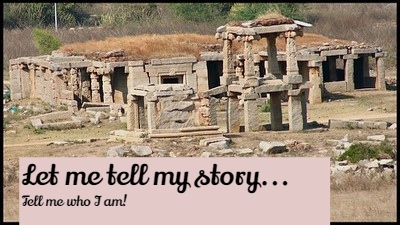Did you know that volcanoes, the sun, the weather, the oceans, and humans are all powerful forces that make Earth ideal?
Earth is the only planet in the universe brimming with life, thanks to a unique natural balance. From solar energy powering the living world and weather systems transporting fresh water around the globe to powerful ocean currents offering essential nutrients and volcanoes fertilizing the land, these forces work together to create the right balance on Earth. Our planet is a beautiful place but humans seem to forget that we need to care for our Earth because we are inextricably linked to the natural world. It is our responsibility to reduce our carbon footprints, harness the forces of nature for our energy and protect the natural world to ensure survival of all kinds.
Oceans
Life in the oceans depends on the continuous movement of water. Earth does not have five separate oceans; actually it is just one, linked by powerful unceasing currents. Every drop of seawater rides these currents, taking a thousand years to complete a single circuit. And where there are currents, there is life because they are responsible for redistributing water, heat, nutrients, and oxygen around the ocean. These currents also carry living organisms called phytoplankton. There are thousands of different kinds and, together, they produce half of all the oxygen in the atmosphere, more than all our forests and jungles combined. By absorbing carbon, they are our greatest allies in combating climate change. Plankton are the foundation of almost all life in the ocean and, in places where the currents bring nutrients to the surface, they multiply in astonishing numbers turning the ocean green.
Volcanoes
Across the surface of our planet, there are over 1500 active volcanoes that are quite destructive in nature. But without these powerful underground forces, there would be no breathable atmosphere, no oceans, no land and no life forms. Volcanoes are vital for all living things on Earth. Over 80% of the planet’s surface is the result of magma bursting up from the molten interior. The process started four billion years ago and continues even today. When the lava cools, it solidifies into rock and, eventually, weathers into land that can support life. Volcanic emissions have produced the atmosphere and water of the oceans. They make islands and add to the continents. Our planet depends on minerals brought up by volcanoes from the Earth’s molten core. A single ash cloud can carry billions of tonnes of minerals. Consequently, the lands surrounding volcanoes are among the world’s most fertile.
Volcanic islands make up just 5% of the planet’s land but they’re home to nearly 20% of its species, many of which benefit from the volcanic heat coming up from below. The volcanic heat could also provide us with much of the energy we need. If we can tap into this energy source, we can stop burning gas and coal and contributing to climate change.
Sun
The nuclear reactor 93 million miles away is what we call the Sun. Its rays travel through space and reach Earth in just eight minutes powering life throughout the planet. Its daily and yearly rhythms shape the existence of every creature on Earth. Surprisingly, almost every part of the Earth’s surface receives the same quantity of sunlight each year, but at different times. As the Earth makes its annual orbit around the sun, for the first half of the year, the North Pole is angled away, bringing darkness and winter to the northern hemisphere. In the second part of the year, the North Pole swings towards the sun bringing summer. The Earth’s tilt causes the seasons and life has adapted to deal with the most extreme changes in light. Sunlight contributes to the richness of life in various regions on Earth. From the frozen poles to the searing deserts, life forms have come up with strategies to survive the uneven amounts of sunlight that fall on our planet.
Weather
We live in a world with an atmosphere where rain clouds and powerful winds carry their freshwater around the globe. Without this, our perfect planet simply wouldn’t function, as all life on land depends on the weather. We all know that weather can change on a daily, even hourly, basis. But annual weather patterns have been stable for millennia and this reliability makes life possible in different parts of the world. Every second, over 13 million tonnes of water evaporate from our oceans and form clouds. Earth’s spin and the prevailing winds determine where these clouds blow. As a consequence, some places get less rain and others much more. Weather controls the distribution of freshwater on Earth, which in turn shapes the lives of animals in diverse habitats world over. The average temperature of our planet hasn’t varied by more than a single degree Celsius in 10,000 years. This has made our climate stable, allowing animals to fine-tune their behaviour around predictable weather patterns.






























